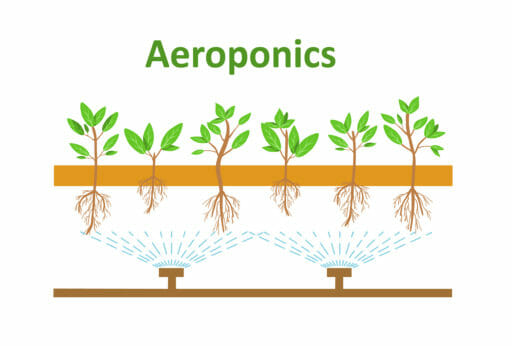Aeroponics is a method of growing plants in a nutrient-rich mist, without the use of soil. This technique has been used for centuries to grow a wide range of crops, including vegetables, fruits, and herbs. In this blog post, we'll explore the principles of aeroponics and discuss some of the benefits of this method of cultivation.
Aeroponics involves growing plants in a nutrient-rich mist that is carefully balanced to provide all the essential nutrients that plants need to grow. This method of cultivation allows plants to grow faster and more efficiently, as they are able to access the nutrients they need directly, without the need for soil.
Aeroponics has a number of advantages over traditional soil-based agriculture. For example, it allows crops to be grown in areas where soil quality is poor or where land is scarce. It also allows farmers to control the growing environment more precisely, which can lead to more consistent and higher quality crops. In addition, aeroponics is a sustainable and environmentally friendly method of cultivation, as it uses less water and pesticides than traditional agriculture.
Aeroponics is a high-tech method of growing plants that offers a range of benefits for farmers and consumers. By growing crops using a nutrient-rich mist instead of soil, it is possible to produce high-quality, sustainable, and environmentally friendly produce.
Keywords: aeroponics, plants, nutrient-rich mist, soil, vegetables, fruits, herbs, cultivation, nutrients, traditional agriculture, soil quality, land scarcity, growing environment, consistent crops, sustainable, environmentally friendly, water, pesticides.

